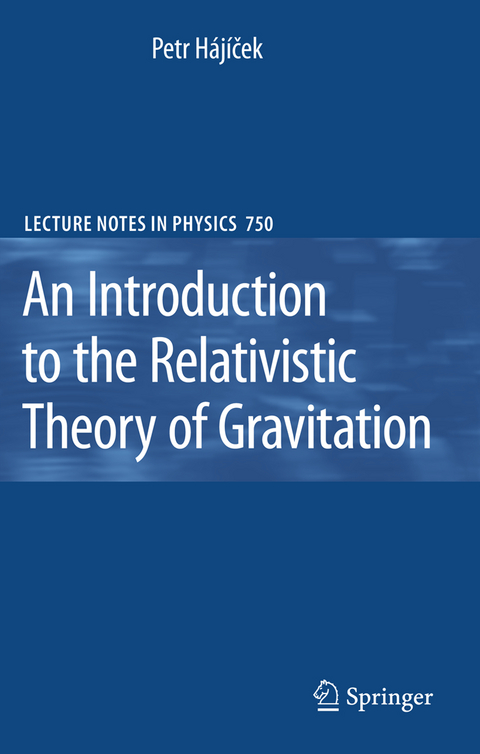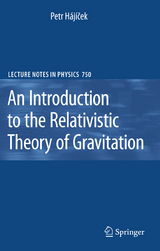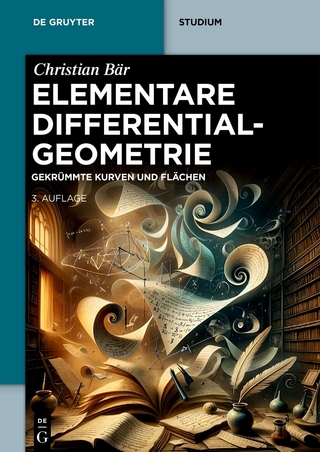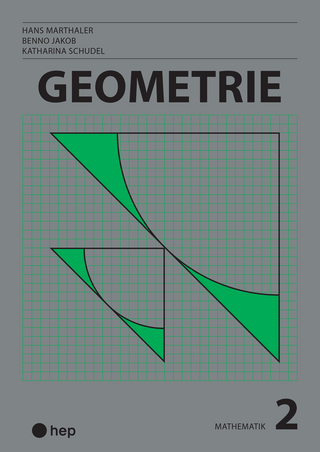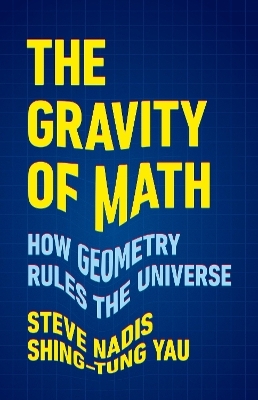An Introduction to the Relativistic Theory of Gravitation
Seiten
2008
Springer Berlin (Verlag)
978-3-540-78658-0 (ISBN)
Springer Berlin (Verlag)
978-3-540-78658-0 (ISBN)
The contemporary theoretical physics consists, by and large, of two independent parts. The rst is the quantum theory describing the micro-world of elementary p- ticles, the second is the theory of gravity that concerns properties of macroscopic systems such as stars, galaxies, and the universe. The relativistic theory of gr- itation which is known as general relativity was created, at the beginning of the last century, by more or less a single man from pure idea combinations and bold guessing. The task was to "marry" the theory of gravity with the theory of special relativity. The rst attempts were aimed at considering the gravitational potential as a eld in Minkowski space-time. All those attempts failed; it took 10 years until Einstein nally solved the problem. The dif culty was that the old theory of gravity as well as the young theory of special relativity had to be modi ed. The next 50 years were dif cult for this theory because its experimental basis remained weak and its complicated mathematical structure was not well understood. However, in the subsequent period this theory ourished. Thanks to improvements in the te- nology and to the big progress in the methods of astronomical observations, the amount of observable facts to which general relativity is applicable was consid- ably enlarged. This is why general relativity is, today, one of the best experimentally tested theories while many competing theories could be disproved. Also the conc- tual and mathematical fundamentals are better understood now.
Geometrization of Mechanics.- Relativistic Particle Dynamics in Gravitational Fields.- Field Dynamics.- Dynamics of Gravity.- Cosmological Models.- Rotationally Symmetric Models of Stars.- Stationary Black Holes.
From the reviews:
"This text on the physical theory of gravitation ... is primarily aimed at students who wish to proceed with further study in astrophysics and cosmology, and the approach as well as the choice of topics reflects this. ... The book would be most useful for postgraduate physics students aiming to work in cosmology or astrophysics, but should also be of interest to anybody with an interest in differential geometry who would like to see it applied in a physical context." (Robert J. Low, Mathematical Reviews, Issue 2010 g)| Erscheint lt. Verlag | 26.8.2008 |
|---|---|
| Reihe/Serie | Lecture Notes in Physics |
| Übersetzer | Frank Meyer, Jan Metzger |
| Zusatzinfo | XIII, 280 p. |
| Verlagsort | Berlin |
| Sprache | englisch |
| Maße | 155 x 235 mm |
| Gewicht | 1310 g |
| Themenwelt | Mathematik / Informatik ► Mathematik ► Geometrie / Topologie |
| Naturwissenschaften ► Physik / Astronomie ► Astronomie / Astrophysik | |
| Naturwissenschaften ► Physik / Astronomie ► Theoretische Physik | |
| Schlagworte | Albert Einstein • Black Holes • Cosmological Models • Einstein's equation • General relativity • Gravity • relativistic particle dynamics • Relativity • Special relativity • theoretical physics |
| ISBN-10 | 3-540-78658-9 / 3540786589 |
| ISBN-13 | 978-3-540-78658-0 / 9783540786580 |
| Zustand | Neuware |
| Informationen gemäß Produktsicherheitsverordnung (GPSR) | |
| Haben Sie eine Frage zum Produkt? |
Mehr entdecken
aus dem Bereich
aus dem Bereich
Gekrümmte Kurven und Flächen
Buch | Softcover (2024)
De Gruyter (Verlag)
54,95 €
how geometry rules the universe
Buch | Hardcover (2024)
Basic Books (Verlag)
31,15 €
